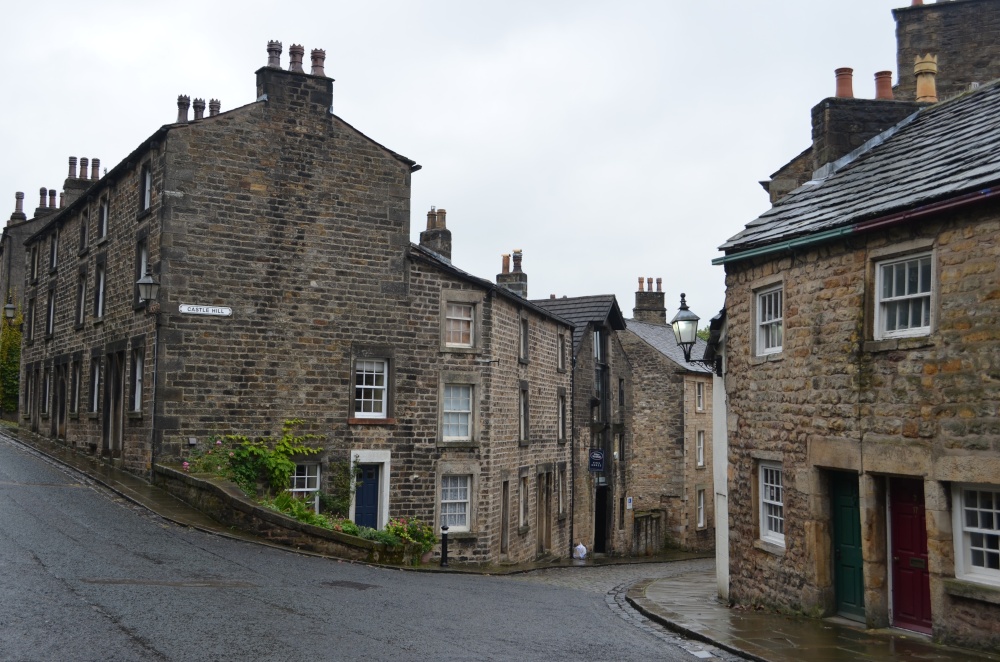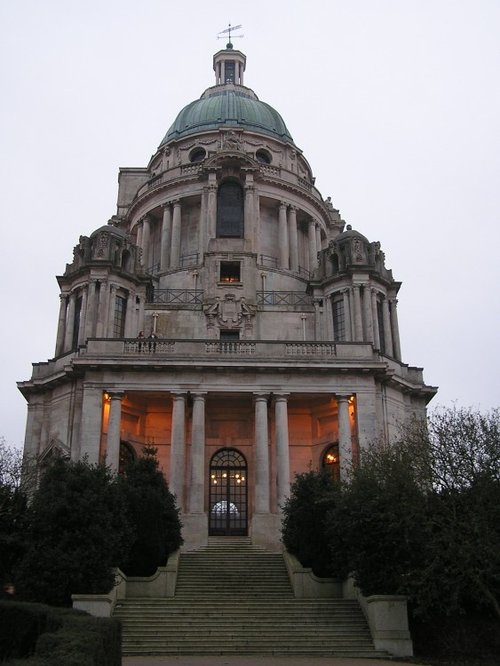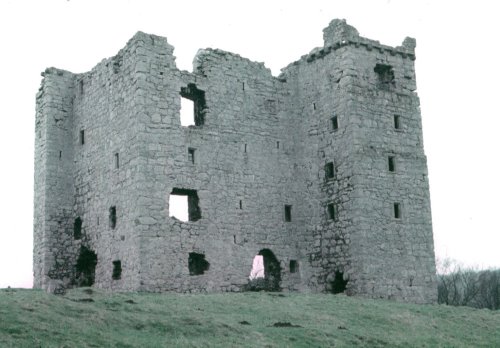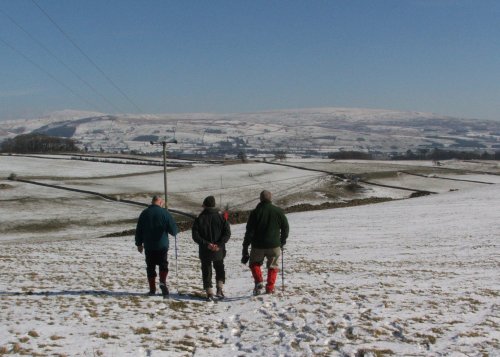Pictures of Lancaster
About Lancaster
This is a city which long ago lost it's grim clogs and mill image to give way to a fast growing city with a fine reputation as a centre of commerce and culture where bright, modern University buildings sit comfortably with Lancaster's historic areas. From its famous castle you can peer across a skyline crammed with ancient rooftops to the magnificent vista of The Ashton Memorial in Williamson Park.
The city is located on the River Lune and the Lancaster Canal. The waters of the canal offer a comfortable way to explore some of the city's famous sights, this is easily done by booking on to one of the pleasure trips plying the water. There are many excellent riverside pubs with moorings and quiet corners for you to sit with a drink whilst soaking up the atmosphere of to the canal, its river traffic and wildlife.
For tourists wishing not to miss any of the sights, Lancaster is best explored on foot. It has exciting streets with an abundance of shops, plenty of inns for refreshment and quiet parks for resting and looking around gorgeous buildings such as the famous glass Butterfly House in Williamson Park, and the impressive Ashton Memorial. The memorial's higher galleries give a panorama of Blackpool, Morcambe Bay, the hills of the distant Lake District, and the tranquil Lune Valley.
Lancaster's history stretches back more than eight centuries with evidence of various occupants living on Castle Hill, were prehistoric relics have been found. The Romans are known to have set up camp at the side of the River Lune, but little is known of Anglo-Saxon Period. The castle standing watch over the town is on the site of a Roman military station. The great square Norman keep of the castle was built in around 1170, but most of what we see today is from the 13th century. Lancaster Castle was enlarged by Elizabeth I, it is best remembered for the infamous Witches trial of 1612. At that time the court, based in the castle, sentenced more people to be hanged than any other place in the country, thus it earned for Lancaster the title "Hanging Town" of the north.
Historically, the city is famous for its part in what became known as the "Wars of the Roses", the civil war which erupted between the rival Duchies of York and Lancaster as each, in the 15th century, laid claim to the throne. The Red Rose, traditional emblem for the House of Lancaster remains so to this day, as does the White Rose of York. Both are often featured in rival sporting activities, particularly the Roses Tournament, a popular event in which Lancaster and York Universities engage every year.
Lancaster gained its original market charter late in the 12th century when it became a market town and borough. It grew and developed over the centuries and by the 18th century it had a busy port which had associations with the slave trade. Around picturesque St.Georges Quay there are several buildings from this historic period, but Lancaster as a port was short lived, for soon the river began to silt-up. Of the attractive buildings in this history rich area is the handsome old Customs House with graceful Ionic columns, each carved from a single block. The property was built in 1764 to a design by Richard Gillow, whose family founded the famous Lancaster furniture factory. The old Customs House is now a museum where you can explore the maritime history of Lancaster and its heritage.
At the heart of the city exists some very fine church architecture. The parish church of St. Mary stands close to Lancaster castle, its main features include the great east window, the windows of the north and south walls, and the clerestory. It has memorable choir stalls dating from around 1340 and believed to come from Furness Abbey. The carved canopies above were considered by John Ruskin to be the finest in all England. The Roman Catholic Cathedral dedicated to St. Peter was consecrated in October 1859 and raised to Cathedral status in 1924. It has a chancel with gilded roof, and brilliant frescoes of saints, King's and angels. The Last Supper is carved in relief, the windows are magnificent, and there is a prominent statue of Saint Peter. Each chapel has a well decorated alter and there is some fine stone vaulting in the Hardman baptistery.
The 20th century saw a flurry of building in the city, The Corvell Cross was built in 1903, and between 1903 - 1904 the King's Own Royal Regiment Memorial Chapel was constructed in memory of the members of the King's Own Royal Lancaster Regiment who lost their lives in the Boer War (1899-1902). This is a beautiful chapel, lovely and peaceful, it has one of the largest and almost complete set of flags (Regimental Colours) to be found anywhere in the country. Save for four it is a complete set from 1680 to 1980. The handsome statue of Queen Victoria was erected in 1906. The town hall is a building from 1909, this is marked out by its lofty clock faced tower and the fountain added to the outside in 1995. Other old buildings include the Judges Lodgings on Castle Hill, which is now a museum and Almshouses of 1720. Later in the 20th century there was considerable expansion with the introduction of new shopping malls, bigger and better facilities for leisure, and most importantly new housing and civic buildings.
The city attracts thousands of visitors each year, they come not just for the historic importance of the city and its wealth of fine Georgian and earlier architecture, but for the vivid cultural experience of what is often referred to as " The Culture Capital" of Lancashire.
Williamson Park makes a stunning venue for open-air theatre and in recent years has gained a fine reputation for its series of "Plays in the Park", whilst the city's two theatres The Grand Theatre and The Dukes Theatre stage performances straight from London's theatre-land. Interestingly, the Grand is on the site of the old Athenaeum where Mrs. Siddons acted. Lancaster University's theatre, the Nuffield which has the largest student theatre stage in Europe attracts dance companies and big name comedians. Festivals held in the town include a Maritime Festival and a Jazz Festival. Night Owl's will find plenty to entertain them in the cities array of night clubs, disco's and pubs with musical entertainment.
Some noted people have stayed in the city, Dickens is known to have stayed at The Royal Kings Arms, an inn of 1625 which was replaced in Victorian times. Prince Charlie, on his southward march in 1745, he stayed in a house which was subsequently used as the cities Conservative Club.
The Millennium Bridge spanning the waters of the Lune was erected in 2002 to celebrate entering the 21st century. It is the focal point of Lune Millennium Park, a striking riverside area that has been much enhanced during the past few years.
Some of Lancaster's former mill properties have been retained and restored. One, a cloth mill of the 16th century, built at the side of a lock on the Lancaster canal, is now converted into a superb comfortable modern hotel. The city has a full range of accommodation, this extends from luxury hotels, to guest houses and bed and breakfast establishments.
Lancaster with all its charms and busy thoroughfares is fully deserving of a visit in its own right, for it has all the flair of a modern dynamic city combined with historic associations from the past. For any traveller it makes a good centre for touring the majestic Lake District National Park, some 35 miles to the north, or for exploring the lovely moorland of the Trough of Bowland which straddles the meeting point between the counties of Yorkshire and Lancashire.







